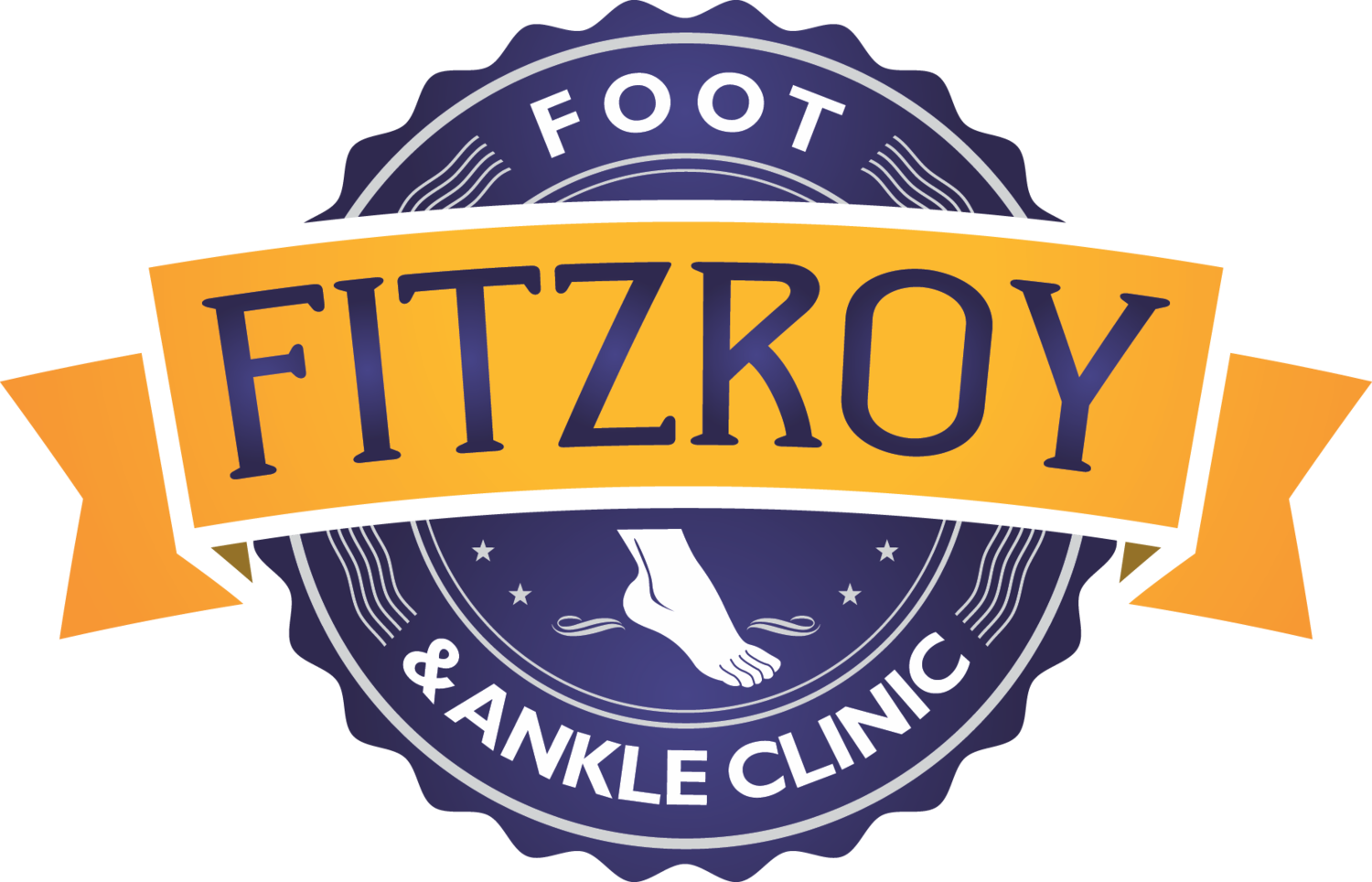This post has been authored by our friends at Bobux, who provide fantastic shoes that are both good looking, and designed to allow a toddlers feet to develop.
Why barefoot is best
Walking is such a massive and exciting milestone for your child! The next logical step is to go out and get them a pair of shoes right?
Wrong. Keeping your child barefoot as much as possible is the best thing you can do.
A child’s foot at first walker stage has no bones. It’s all cartilage and padding tissues as the bones, ligaments and tendons develop through use of the foot.
Growing feet need plenty of freedom for muscles to strengthen and bones to form in a natural position. Allowing your child to walk barefoot will encourage natural development, and is important in the first years of life.
If you need more convincing, here are 5 reasons why you might want to let your toddler go barefoot more often.
1. Barefoot helps natural growth
People who have habitually worn poorly fitting shoes will have feet that naturally taper inwards at the tip, with the toes pinched in. Here’s some news; that’s not how they’re meant to look. They’ve been moulded that way through years of wearing shoes.
Now have a look at your baby’s foot, and notice how it’s narrow at the heel and gets wider towards the toes? We tend to shove our children’s feet into stiff, unsupportive shoes before the bones in their feet have fully formed.
A baby’s foot is made up of cartilage, with bones developing over several years. Research has shown that our feet conform to the shapes of our shoes, rather than developing naturally.
Most shoes have a toe box that squashes our toes and prevents them spreading to their natural width. Many shoes often come with a heel raise that elevates the back of the foot and can shorten the muscles and tendons in the back of the leg if worn for a long period of time.
2. Learn how to walk and play properly
Shoes can distort the way kids learn how to walk. Shouldn’t kids naturally know how to walk properly? The thing is, none of us do.
Cushioned soles mean we tend to slam our heels into the ground rather than tread gently. Most shoes feature a toe spring that helps us lift our heel off the ground.
With all this additional help, shoes may alter the development of muscles that are crucial for walking and running. By regularly wearing shoes, children may have reduced strength in their toes, ligaments or tendons.
3. Easier to learn spatial awareness
There’s a bit more science to this reasoning. Our feet have over 200,000 nerve endings which transmits information to our brains about the ground we walk on. This activity is called proprioception, the body’s awareness of itself in its surroundings.
Allowing these nerve endings to feel the ground helps children develop better balance and coordination, and educate their brain on what muscles need to fire to perform certain tasks.
4. Healthier feet
A recent study in South Africa found that people had healthier feet before shoes were invented. The research showed that populations who often go barefoot have healthier feet than shoe-clad communities.
It makes sense. Shoes provide a warm, damp environment that fosters trapped fungi and bacteria. Tight shoes on growing children can cause ingrown toenails that can break the skin and cause infections. It’s not a pleasant thought, but an easily avoidable one!
5. Shoes last longer
Let’s be honest, there are times – and places – where you really can’t get away with your child running around barefoot. Many children grow up in a world of concrete and asphalt. Playgrounds often have splinter-causing wood chips on the ground.
Going barefoot is one of the best things you can do for your kids, but for those times when shoes are a necessity, try to find shoes that foster natural development. Bobux shoes for toddlers feature flexible soles and soft designs to nurture your child’s foot development as they grow.
Author’s Bio
Kids shoe company Bobux was founded in 1991 in an Auckland garage. Since then, it has become a leading shoe brand for toddlers and young children around the world thanks to its emphasis on foot health, natural development and great design. Today, Bobux sells over half a million shoes each year.




